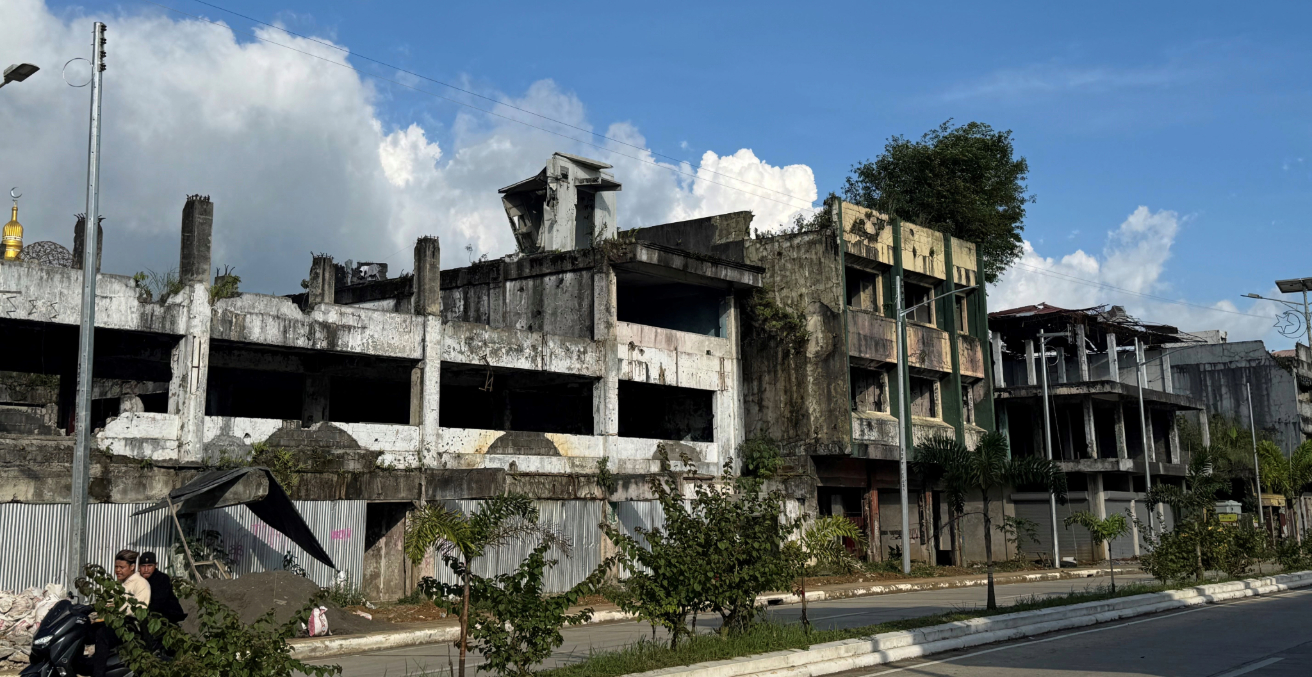Southeast Asian nations have had varied responses to the COVID-19 pandemic. Singapore shows great competence in handling the outbreak, while the majority of Southeast Asian nations struggle with the lack of technical capacity, unprepared healthcare systems, and low public awareness.
This article was one of the most read in Australian Outlook in 2020. It was originally published on 24 March.
The first case of COVID-19 in Southeast Asia was found in Singapore on the 23rd of January. This came to no surprise for Singapore as they had been preparing for the virus outbreak since late December. The result has been a low COVID-19 mortality rate. In contrast, Indonesia repeatedly denied having any COVID-19 cases until March 2, and since then, the numbers grew overwhelmingly rapidly. Indonesia has the highest number of COVID-19 deaths in Southeast Asia, followed by the Philippines and Malaysia. Malaysia’s skyrocketing number of COVID-19 patients is mainly due to the delayed ban of religious gatherings. Malaysia then implemented a nation-wide lockdown and similarly, the Philippines issued a lockdown policy in the Luzon area, including Manila. Meanwhile, Laos and Myanmar continue to deny any confirmed cases of COVID-19.
Singapore was aware of the Wuhan outbreak in late December and immediately began conducting laboratory research on the virus, heightened border control and surveillance, and implemented temperature screening for inbound flights from Wuhan and then the rest of China. Singapore’s immediate response was arguably a product of the trauma from the 2003 SARS outbreak, which severely affected the nation’s economy and population. Following confirmation of its first COVID-19 patient, Singapore mobilised police officers and the medical team to trail all possible contraction. The nation-wide advanced pneumonia surveillance and antibody test quickly found infected patients and further isolation processes were rapidly implemented. Their advanced technologies have been supported by Singapore’s globally esteemed health care, particularly the highly trained medical professionals, whose patient interviews and clinically and epidemiologically based suspicions accelerated the confirmation, containment, and treatment of Coronavirus carriers.
Conversely, Indonesia’s delayed confirmation and response against the COVID-19 outbreak resulted in a lack of preparedness in treating and containing carriers of the virus. Indonesia has a list of referred hospitals for people suspected to have been infected by the Coronavirus. This, nevertheless, limits accessibility for people to test for COVID-19 as the unlisted hospitals will not accept people experiencing Coronavirus symptoms. Further, The Jakarta Post leaked an official document, signed by several public health institutions including the Health Ministry, that claim the majority of these referred hospitals are not actually ready to treat Coronavirus patients. This document, however, has not been confirmed as legitimate. Hospital beds for quarantine purposes are also scarce. Moreover, Indonesia relies on gene sequencing and polymerase chain reaction (PCR) to test for Coronavirus, which requires a longer time for confirmation. Thermal scanners are found only in a few public places, like train stations and ferry terminals, and are still absent in a number of airports.
This lack of technical capacity and preparedness in the healthcare system is a challenge faced by the majority of Southeast Asian nations, namely Thailand, the Philippines, and Malaysia. This has resulted in surging numbers of cases and high death tolls in these countries. Many more cases are still undetected.
Varied responses
In the fight to contain the virus, Singapore established a website and an online application called Dubbed TraceTogether to enhance the transparency of the outbreak situation and to guarantee those under home-based quarantine comply with the quarantine policy. These online platforms list the places and times of potential Coronavirus carriers and use Bluetooth to detect those who have been within two meters of a confirmed Coronavirus patient for at least 30 minutes. Moreover, the government is providing S$100 for self-employed individuals, prohibits the reduction of annual leave for people who self-quarantine, and ensures full pay or even additional financial support for those working from home.
Meanwhile in Indonesia and Malaysia, citizens ignore public announcements for social distancing procedures. There are cases of Indonesians using the opportunity to working from home and study from home to visit tourist places. Working from home is also limited to large corporations and a few state-owned enterprises. This is because firms worry about their survival if they have to continue paying their working-from-home employees while the firms continue to experience an economic downturn.
Similarly, despite finding COVID-19 cases in late January, life in Malaysia continued as usual. The sudden surge in cases was primarily due to the transmission that occurred during the continued Friday prayers, which were attended by around 16,000 people from late February until March. Though Malaysia is now on lockdown, there are still a few people trading in markets and eating out in restaurants. Malaysia’s worsening situation is also driven by the recent political turmoil. The prime minister and health minister are both recently elected, and the cabinet is comprised of several first-time ministers. It is important to note, however, that Malaysians believe Malaysia’s medical team is handling the situation competently and efficiently. Further, the employment policy in Malaysia amidst the lockdown is still unclear, which is also the case in the Philippines. Both Malaysians and Filipinos are worried about their incomes, as well as the potential for food shortages. However, for Malaysian workers in Singapore, the Singaporean prime minister promised to support their financial wellbeing.
As for Laos and Myanmar, both countries deny having confirmed cases of COVID-19. It has been suggested that these countries either lack the technical capacity to detect the virus or are hiding reported cases to avoid chaos. Regardless, both governments have prohibited several mass gatherings and all official events, like the National Sports Games and the annual military parade. Both governments also monitor travel movements into their countries, especially those from China and neighbouring Southeast Asian countries. Likewise, Vietnam and Cambodia have suspended all international flights.
From these responses by different Southeast Asian countries, a number of transnational attempts in the region could be implemented to further enhance their fight against the Coronavirus. These include intensive information exchange, increases in technology exchange, transnational surveillance for movements across borders, regional labour support, and more transparency and collaboration between health ministries and facilities.
Gabriele Natalia Siahaan is studying International Relations and Asia Pacific Studies at ANU, and is actively involved in the ANU Indonesian Student Association and the ANU ASEAN Society.
This article is published under a Creative Commons License and may be republished with attribution.




